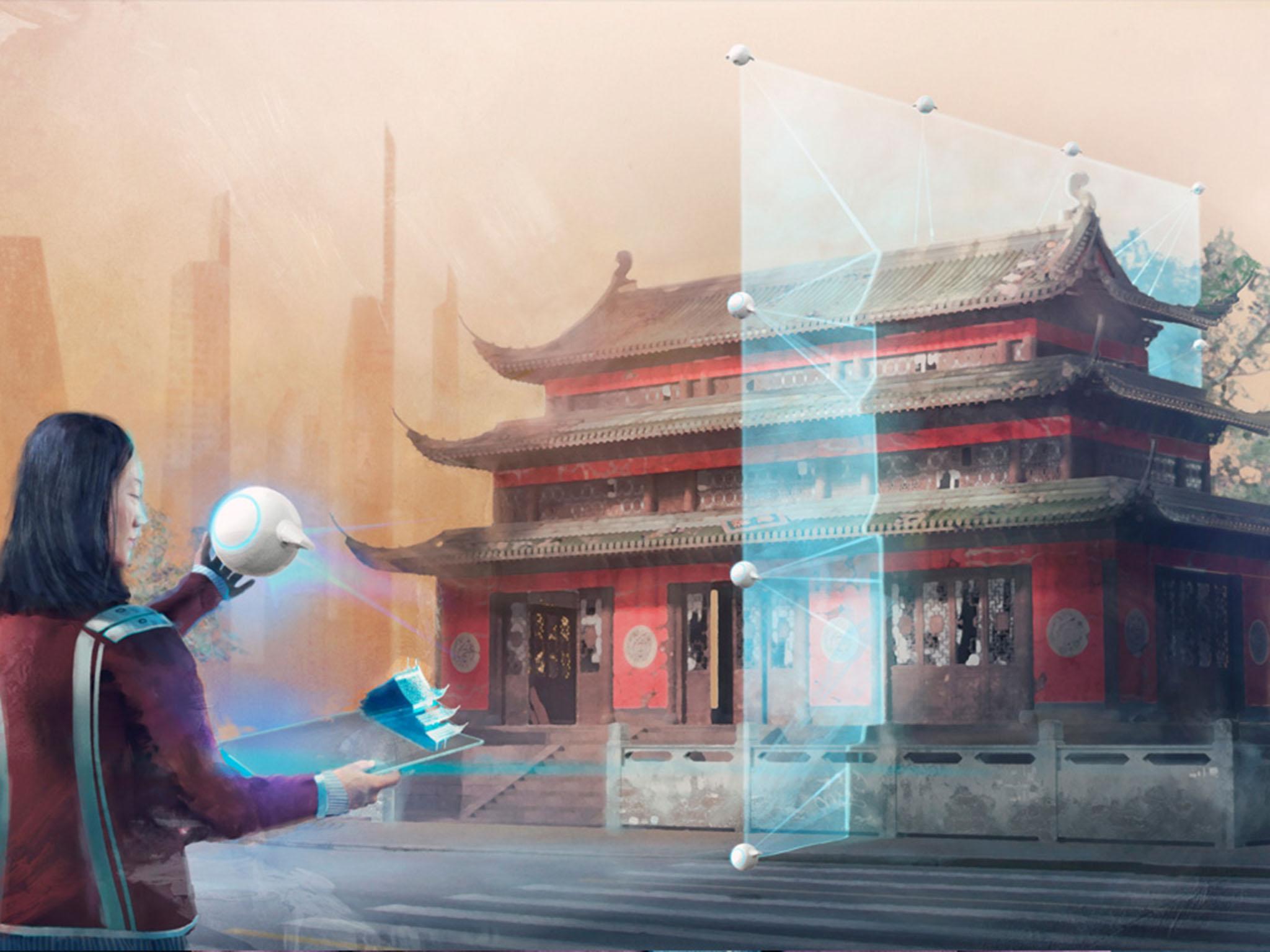Jobs of tomorrow: What the workplace could look like in 2030
Two-thirds of school-age children will grow up to have careers that don't even exist yet, according to the OECD. Now experts at the World Economic Forum in Davos are imagining what that world will resemble

Your support helps us to tell the story
From reproductive rights to climate change to Big Tech, The Independent is on the ground when the story is developing. Whether it's investigating the financials of Elon Musk's pro-Trump PAC or producing our latest documentary, 'The A Word', which shines a light on the American women fighting for reproductive rights, we know how important it is to parse out the facts from the messaging.
At such a critical moment in US history, we need reporters on the ground. Your donation allows us to keep sending journalists to speak to both sides of the story.
The Independent is trusted by Americans across the entire political spectrum. And unlike many other quality news outlets, we choose not to lock Americans out of our reporting and analysis with paywalls. We believe quality journalism should be available to everyone, paid for by those who can afford it.
Your support makes all the difference.French Illustrator Florian de Gesincourt, along with design agency AKQA, has created a series of illustrations that predict what the world of work will look like by the year 2030. The images are based on discussions on the future of employment at the World Economic Forum, held in Davos last month. During the conference many panellists discussed the ever-changing world of work, and in particular the OECD’s estimate that 65 per cent of children going into primary education now will go into jobs that don’t yet exist.
“Tomorrow’s Jobs” was commissioned in partnership with the Misk foundation, established by Saudi Crown Prince Prince Mohammad bin Salman. Every year at the forum the foundation’s panel aims to educate young people on economic advancements and prepare them for the future. Their presentations in Davos included Robots and US, Tomorrow’s Workplace and Tomorrow’s Cities.
AKQA’s Senan Lee and Pansy Aung started to map some of the potential jobs that could be created by the progressions mentioned in MiSK’s findings. “The idea was conceived in December 2017,” a spokesperson for AKQA told The Independent. “Every year in Davos, the greatest minds in business, government, and academia come together to discuss the future of the world.”
“Too often the ideas generated never turn into action. We saw a role for the MiSK Global Forum to take the ideas and make them accessible to a broader audience.”
The illustrations were created by renowned concept artist Florian de Gesincourt, who captured jobs such as a superstructure printer, someone who would assemble 3D printed skyscrapers with a “printer-crane”; a remote robotic surgeon, to treat people in rural locations that have little access to healthcare; and even a blockchain banking engineer, to conduct maintenance on remote banking “hubs” in the middle of the sea.
“What was interesting with all of the jobs [in the series] is the extent to which achievable advances in technology could have a significant impact on humanity,’’ said an AKQA spokesperson. “The concept of roobotic surgeon is that a 5G network would enable surgeons from across the world to inhabit the body of a robot to perform essential surgery.”
Join our commenting forum
Join thought-provoking conversations, follow other Independent readers and see their replies
Comments